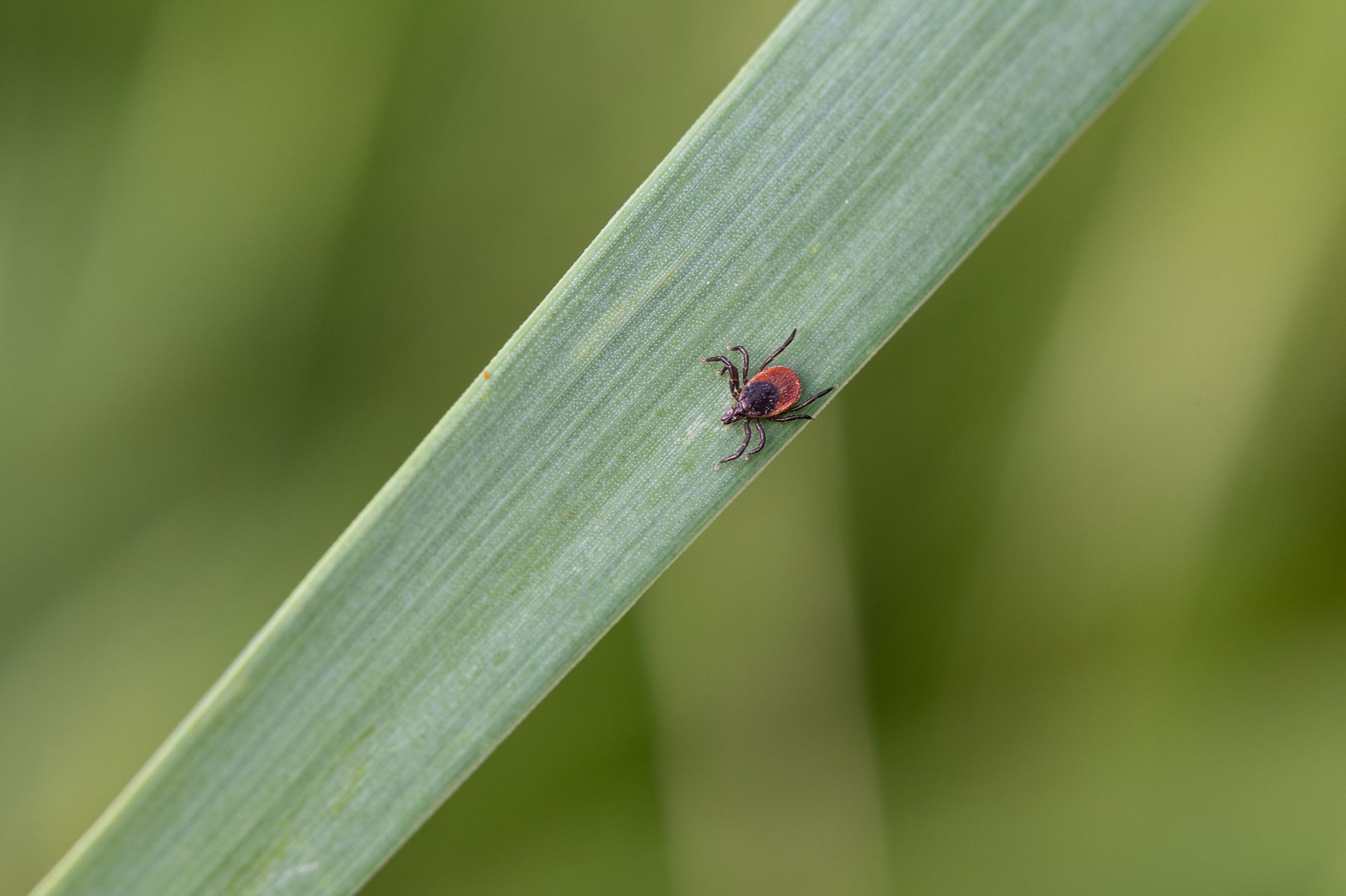Four Easy Ways To Build A Healthy Immune System

Immune health has been all the rage lately, and rightfully so. With the Coronavirus circulating it is more important than ever to keep yourself healthy and strong. Having a healthy, robust immune system can prevent you from getting sick at all or ending up in the hospital if you do happen to get infected. There are many interventions that can help immune function. Some are well known like taking Vitamin C. I am going to focus on some that are completely free. That’s right, you don’t even need Amazon to have access to these remedies.
1. Mindfulness Meditation: Studies show that after an eight week meditation trial period participants had lower Nf-Kappa Beta (NFKB) levels. For those of you who haven’t been following the biochemistry of disease, having high levels of this stuff is bad and low levels is good. The fact that these participants showed reductions in NFKB means that their immune systems were working more effectively. If you are new to starting a meditation practice I would recommend trying an app; Calm, Headspace and 10% Happier are all great FREE options (See, still no Amazon necessary). For those who don’t want to use an app, you can start by finding a comfortable place to sit where you can rest your back and head. Keeping your head up is important because you want to stay awake during your meditation. Once you are comfortable, start to focus on your breath, let it flow in and out of your lungs as naturally as possible. The first few times you do it, it will feel more forced than natural but that is OK. As you focus on your breath, notice if thoughts start to come up. Thoughts will appear and if they don’t on your first try at meditation, you should quit your job and become a monk. The key to mindfulness is noticing that you have started to think (about food, sex, work, your favorite TV show) and keep bringing your attention back to your breath. That is the essence of mindfulness. You are supposed to think, it is like doing bicep curls for your brain. Each time you bring your thoughts back to your breath, that is a rep.
2. Sleep: It is well established that sleep is a major factor in supporting a healthy immune system. Did you know how important light is in getting good quality sleep? The answer: Very important. Light regulates your circadian rhythm which basically tells you when you should wake up and when you should go to sleep. Your immune system functions in this same way. If you don’t sleep, the natural rhythms of your immune system can become disrupted. Light modulates all of this. Getting exposure to good quality light in the morning and avoiding bad light a few hours before bed can help you sleep better and help your immune system stay more balanced. “Bad” light is the highly concentrated blue light that comes from your phones, computer and TV screens, and even LED lights. This kind of light tells your body that it is time to be awake which throws your circadian rhythm off. The most important thing you can do to address this is to get sunlight as soon as possible after waking. Actually, you don’t even need sunlight, just light from outside will do. So, first thing in the morning, open up your window and let some of that natural light in. Even better, you can go outside (I know, crazy right).
The simplest way to eliminate blue light exposure at night is to turn off all your screens a few hours before bed time. For people who need to work or who like to watch TV at night there are a few options. An app called f.lux modulates your computer’s light making it darker and warmer so you are being exposed to less blue light. If you want to go the extra mile there is a company called TrueDark that makes red tinted glasses. These glasses block out all of the blue light and other junk light allowing you to use screens later without the strain it causes. You can get these directly from the True Dark website.
3. Food: I could call this section Eat Your Veggies because that is the simplest way to put it. In the interest of giving complete information, let’s go even further. You should avoid gluten, dairy, soy and processed food like the plague. These are pro-inflammatory foods and unless you are eating 100% organic the pesticides Four Easy Ways To Build A Healthy Immune System they come with add even more fuel to the fire of inflammation. These foods cause reactions in the body similar to that of a foreign invader. And who has to deal with that reaction? You guessed it, your immune system. The more taxed your immune system is from dealing with what you eat, the less resources it has to fight off real invaders like viruses and bacteria.
I want to focus on gluten because it can cause the release of a protein called zonulin which regulates the amount of space between the cells lining the gut. When there is excess zonulin these cells pull apart causing a leaky gut. A leaky gut allows proteins from your food to get into the bloodstream. Large food proteins do not belong in the bloodstream so when the immune system sees them there it treats them as it would a foreign invader. This reaction can trigger the body to go into attack mode and begin to attack itself. An extreme oversimplification, but this is the basis for developing autoimmune disease. Having an autoimmune disease where the immune system is already working overtime can potentially lead to complications from any viral exposure.
Having a healthy gut is extremely important because 70% of the immune system is housed in your gut. The type of food you eat can determine the health, or lack thereof in your gut. When you eat, you are not only feeding yourself, you are building your immune system. If you build your immune system with high quality veggies, healthy fats and clean lean proteins, you will build a strong immune system. If you are feeding your gut with processed foods, sugar, gluten, dairy, and soy, it will likely become dysfunctional and lead to poor immune health limiting your ability to fight infection.
4. Exercise: Light to moderate exercise is another way to boost your immune system. Hormesis is the main point of exercise. It is a small controlled stressor that makes us grow stronger and build endurance and resilience. Taking a walk in the forest has been shown to increase natural killer (NK) cell levels in the bloodstream. NK cells are important immune cells involved in killing viruses. Another important benefit of exercise is its ability to stimulate nitric oxide production. Nitric oxide (NO) dilates blood vessels, increasing blood flow which is very important when we are trying to fight infection. We want those immune cells to get to the site of infection as quickly and efficiently as possible. NO also plays a huge role in cardiovascular health which we know is an important predictor of susceptibility to the Coronavirus. While the theory that prolonged intense exercise leads to infection has been proven faulty, the immune system does take longer to recover and strengthen with the stress of high intensity exercise. If you have trouble sleeping stick to light exercise so as to not stress an already stressed immune system. The lymph system is our body’s “waste tract” where all the things we don’t need get moved through and out of the body. Walking is the most effective way to increase and stimulate lymph flow in the body. Other types of gentle exercise to consider are: Yoga, Tai Chi, Qi Gong, and stretching. With these four strategies, you can improve your immune health with minimal to no cost at all. Implementing one strategy can also help with the others. For example, when you exercise you are likely to sleep better. If you focus on eating healthy, you may have more energy to exercise. All of the body systems are connected, improve one and you improve the others.
Stay safe, healthy, and strong!
Jacob Appleton, INHC - Integrative Nutrition Health Coach
Resources :
https://www.ncbi.nlm.nih.gov/pmc/articles/PMC4940234/
https://www.ncbi.nlm.nih.gov/pmc/articles/PMC3256323/#Sec7title
https://medlineplus.gov/ency/article/007165.htm
Four Easy Ways To Build A Healthy Immune System (cont.)



